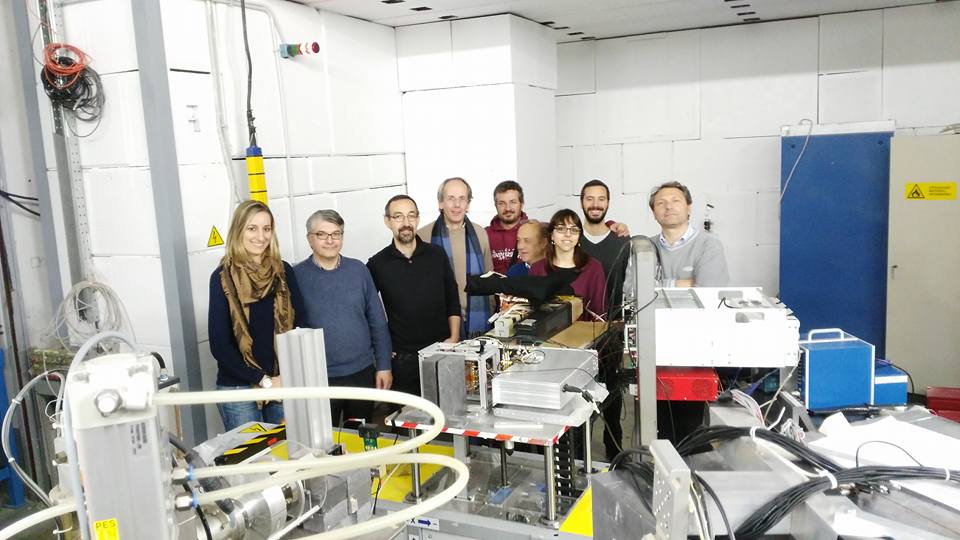 The PADME experiment for the search for dark matter is about to begin the data acquisition phase at the Frascati National Laboratories of the Italian National Institute of Nuclear Physics (INFN). PADME is dedicated to the search for the dark photon, a hypothetical particle similar to the photon of electromagnetic waves, but provided with a small mass. The hypothesis on which the experiment is based is that dark matter is sensitive to a new type of force, which is not among the four fundamental forces we know (gravitational, electromagnetic, strong nuclear and weak nuclear), to which it would be associated a "messenger" called precisely a dark photon. This hypothesis is predicted by some theoretical models that describe the dark matter that physicists from all over the world have been hunting for years. "The study of dark matter is one of the most fascinating frontiers of research in fundamental physics. We do not know what it is made of but we know that it consists of something different from the particles that make up ordinary matter such as protons, neutrons or electrons "states Mauro Raggi, spokesperson of the experiment,researcher of INFN and La Sapienza University of Rome. "PADME will enter data in the coming weeks and will then start to hunt for the dark photon, a particle similar to the ordinary photon but characterized by having a small mass" underlines Paolo Valente, co-spokesperson of the experiment, researcher of INFN and Sapienza University of Rome.
The PADME experiment for the search for dark matter is about to begin the data acquisition phase at the Frascati National Laboratories of the Italian National Institute of Nuclear Physics (INFN). PADME is dedicated to the search for the dark photon, a hypothetical particle similar to the photon of electromagnetic waves, but provided with a small mass. The hypothesis on which the experiment is based is that dark matter is sensitive to a new type of force, which is not among the four fundamental forces we know (gravitational, electromagnetic, strong nuclear and weak nuclear), to which it would be associated a "messenger" called precisely a dark photon. This hypothesis is predicted by some theoretical models that describe the dark matter that physicists from all over the world have been hunting for years. "The study of dark matter is one of the most fascinating frontiers of research in fundamental physics. We do not know what it is made of but we know that it consists of something different from the particles that make up ordinary matter such as protons, neutrons or electrons "states Mauro Raggi, spokesperson of the experiment,researcher of INFN and La Sapienza University of Rome. "PADME will enter data in the coming weeks and will then start to hunt for the dark photon, a particle similar to the ordinary photon but characterized by having a small mass" underlines Paolo Valente, co-spokesperson of the experiment, researcher of INFN and Sapienza University of Rome.






